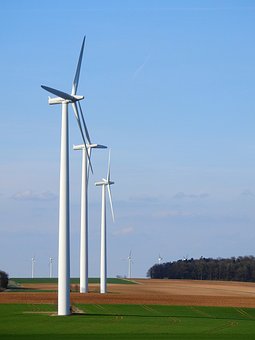
Building code energy use: LOAD =43 W per m2; DEMAND =85 kWh per m2 per year.
Passive House energy use: LOAD= 8 W per m2; DEMAND = 9 kWh per m2 per year.
Building shape and orientation contribute significantly to the energy efficiency of the building envelope. An ‘L’ shape building has more m2 of external wall than a square, creating additional heat loss. By optimising building orientation we maximise the solar energy we can harvest through energy efficient glazing, and thereby reduce heating demand and load.
Energy demand and load requirements are calculated for every home using the Passive House Planning Package (PHPP) software modelling tool, so before your home leaves the drawing board you will know what the outcome will be for the size and shape of your house.
